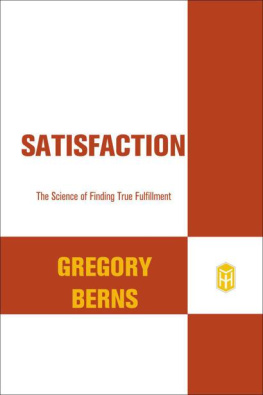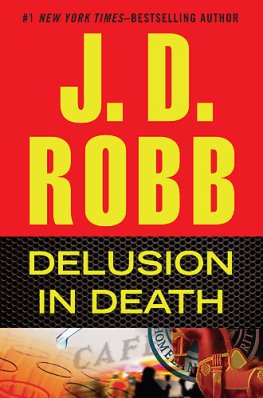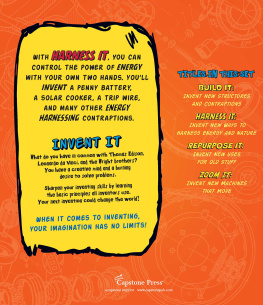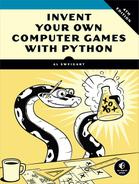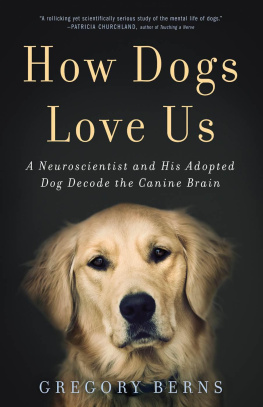Gregory Berns - The Self Delusion: the New Neuroscience of How We Invent—and Reinvent—Our Identities
Here you can read online Gregory Berns - The Self Delusion: the New Neuroscience of How We Invent—and Reinvent—Our Identities full text of the book (entire story) in english for free. Download pdf and epub, get meaning, cover and reviews about this ebook. year: 2022, publisher: Basic Books, genre: Religion. Description of the work, (preface) as well as reviews are available. Best literature library LitArk.com created for fans of good reading and offers a wide selection of genres:
Romance novel
Science fiction
Adventure
Detective
Science
History
Home and family
Prose
Art
Politics
Computer
Non-fiction
Religion
Business
Children
Humor
Choose a favorite category and find really read worthwhile books. Enjoy immersion in the world of imagination, feel the emotions of the characters or learn something new for yourself, make an fascinating discovery.

- Book:The Self Delusion: the New Neuroscience of How We Invent—and Reinvent—Our Identities
- Author:
- Publisher:Basic Books
- Genre:
- Year:2022
- Rating:5 / 5
- Favourites:Add to favourites
- Your mark:
- 100
- 1
- 2
- 3
- 4
- 5
The Self Delusion: the New Neuroscience of How We Invent—and Reinvent—Our Identities: summary, description and annotation
We offer to read an annotation, description, summary or preface (depends on what the author of the book "The Self Delusion: the New Neuroscience of How We Invent—and Reinvent—Our Identities" wrote himself). If you haven't found the necessary information about the book — write in the comments, we will try to find it.
The Self Delusion: the New Neuroscience of How We Invent—and Reinvent—Our Identities — read online for free the complete book (whole text) full work
Below is the text of the book, divided by pages. System saving the place of the last page read, allows you to conveniently read the book "The Self Delusion: the New Neuroscience of How We Invent—and Reinvent—Our Identities" online for free, without having to search again every time where you left off. Put a bookmark, and you can go to the page where you finished reading at any time.
Font size:
Interval:
Bookmark:
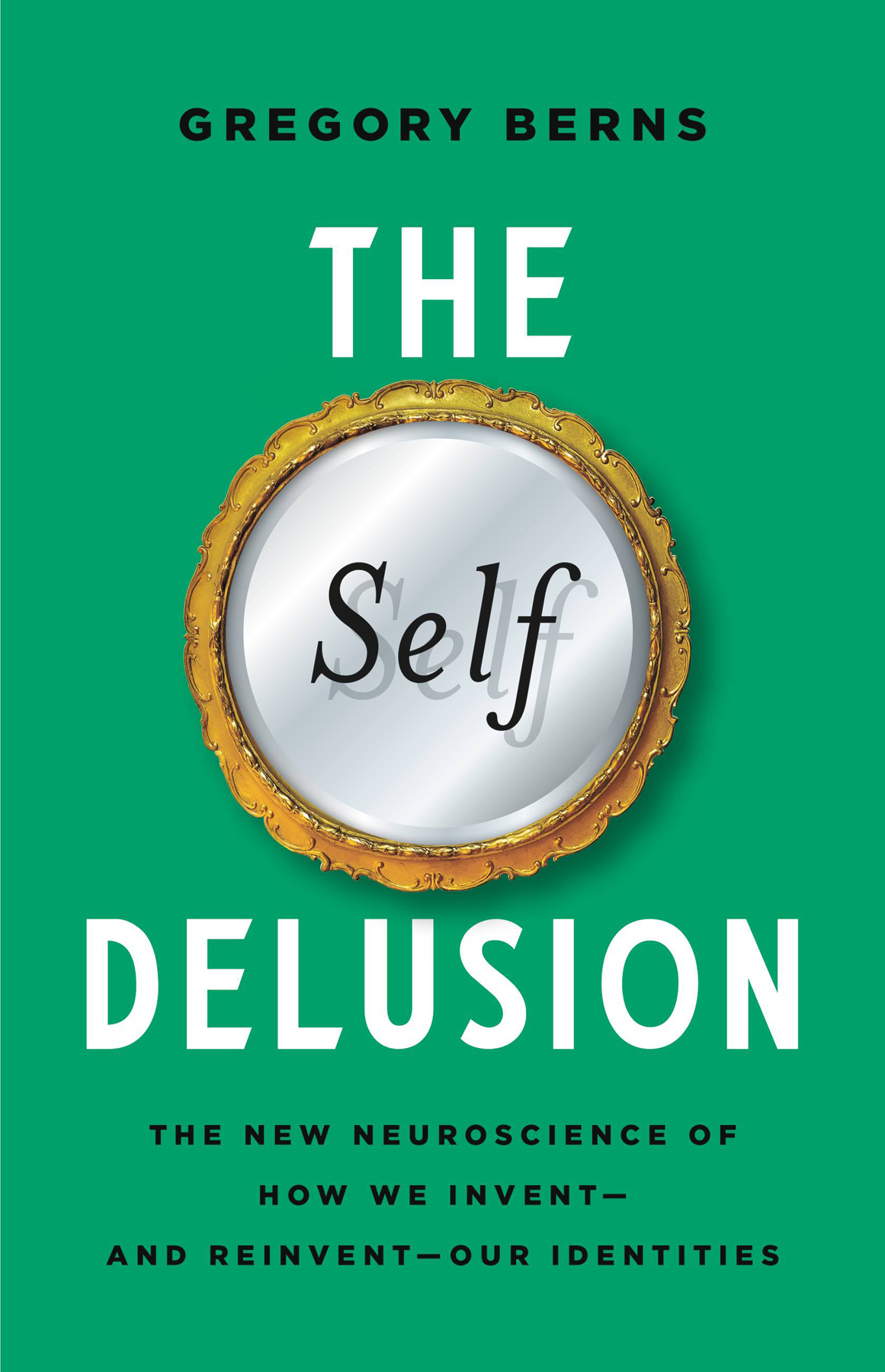
What Its Like to Be a Dog
How Dogs Love Us
Iconoclast
Satisfaction
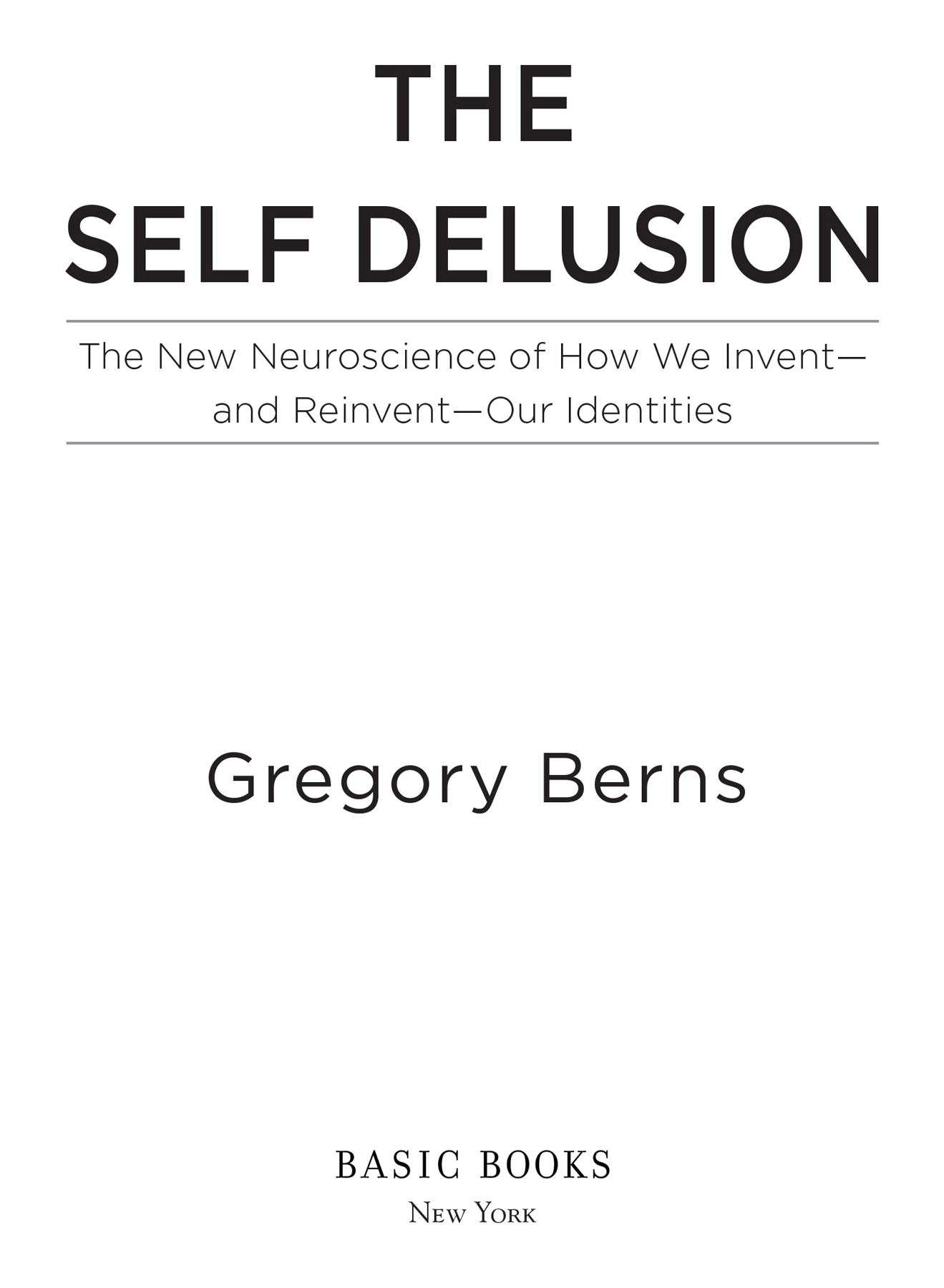
Copyright 2022 by Gregory Berns
Cover images Prokrida / Shutterstock.com
Cover copyright 2022 by Hachette Book Group, Inc.
Hachette Book Group supports the right to free expression and the value of copyright. The purpose of copyright is to encourage writers and artists to produce the creative works that enrich our culture.
The scanning, uploading, and distribution of this book without permission is a theft of the authors intellectual property. If you would like permission to use material from the book (other than for review purposes), please contact permissions@hbgusa.com. Thank you for your support of the authors rights.
Basic Books
Hachette Book Group
1290 Avenue of the Americas, New York, NY 10104
www.basicbooks.com
First Edition: October 2022
Published by Basic Books, an imprint of Perseus Books, LLC, a subsidiary of Hachette Book Group, Inc. The Basic Books name and logo is a trademark of the Hachette Book Group.
The Hachette Speakers Bureau provides a wide range of authors for speaking events. To find out more, go to www.hachettespeakersbureau.com or call (866) 376-6591.
The publisher is not responsible for websites (or their content) that are not owned by the publisher.
Library of Congress Cataloging-in-Publication Data
Names: Berns, Gregory, author.
Title: The self delusion: the new neuroscience of how we inventand reinventour identities / Gregory Berns.
Description: First edition. | New York, NY: Basic Books, [2022] | Includes bibliographical references and index.
Identifiers: LCCN 2022019413 | ISBN 9781541602298 (hardcover) | ISBN 9781541602304 (ebook)
Subjects: LCSH: Identity (Psychology) | Self-perception. | Self-deception. | Memory.
Classification: LCC BF697 .B4595 2022 | DDC 155.2dc23/eng/20220715
LC record available at https://lccn.loc.gov/2022019413
ISBNs: 9781541602298 (hardcover), 9781541602304 (ebook)
E3-20220828-JV-NF-ORI
For Dad
The work you are about to consume is an artifact. The author, as such, no longer exists.
W ho are you?
Asked this question, youd probably respond with a name. But thats just a labelwhat others call you. At the core of this seemingly simple question lies a more complex one: What makes you you? Like asking a computer to think about itself, answering requires some computational contortions. Except that in this case, the computer is your brain. And like with Schrdingers cat, the very act of observing our thinking has a defining effect on what we think.
Most people hear the Who in the question as singular, when in fact everyone has at least three versions of themselves. The first, situated in the present, is the one youre most accustomed to thinking of as you. This you is reading this sentence. This you is acutely aware of your sensations. This you is conscious of the chair youre sitting in and how its cushions support your body, compressing and expanding with every shift in your weight. This you is aware of the noises rattling around the room, or, if youre listening to an audiobook, the timbre of the narrators voice.
But the present-you is an illusion. Present-yous just dont last long. How could they? Time marches forward, and in the milliseconds it takes to process the sensations like sitting in a chair, that you has already slipped into the past. Stub your toe, and it takes a couple of seconds before your brain even registers the pain.
Even when we think were living in the presentas so many self-help gurus preachwere really stuck in the past. This is the second version of you. Indeed, when someone asks who you are, the past-self is the one we automatically conjure up. Its the version of yourself whose lineage spreads back in time like the roots of a tree, providing the foundation of your identity. And though you may be tempted to define who you are with conventional labels like your job or what role you play in your family, the question of self-identity reaches deeper than any words you can use to describe yourself.
Although past-you stretches back to your earliest memories, it is not like a film recording. For one thing, memories cant be played in reverse. We can skip around and play bite-size clips, but these are merely the highs and the lows. For most of us, the whole of our past-selvesmessy, complex, contradictoryhas been reduced to a highlight reel. We make sense out of these fragments, imparting a narrative structure that seems to lead without interruption to the present-self.
Which takes us to the third, future, self. Although future-you is, by its nature, fuzzy, its function is both pragmatic and aspirational. When we think were in the present, our brains are not only processing events that have already happened but also forming predictions about the immediate future. Every time you move, whether youre getting up off the sofa to get something in the fridge or youre crossing a busy street, substantial planning goes into the effort. The brain is, in fact, an engine of prediction, helping us stay one step ahead of a constantly changing world. This is one reason its so hard to live in the present. Our brains evolved to predict the future.
Normally, past-, present-, and future-yous combine seamlessly into a unified existence. This, too, is an illusion, but it is a generally useful one because most of us dont change very much from day to day. Yesterdays you is likely very similar to who you are today and who you will be tomorrow. Its only over long spans of time that you begin to appreciate the differences among the three. When we look at pictures of ourselves, especially those from many years ago, the effect can be jarring. It often feels like we are looking at different people. Thats because we are. The changes that occur from childhood to adulthood are so profound that at a physicalindeed, at a cellularlevel, past-you and present-you are quite different beings.
So, who are you?
The answer is: whoever you think you are.
As well discover, the question of self-identity boils down to one of self-perception, namely, how a person thinks about themself. Take gender, for instance, which not so long ago was thought to be a fixed, objective feature of someones identity. The argument went, you can look in the mirror and see for yourself the shape of your body, the genitals you were born with (or not). But we now understand that what you do with that information, your own sense of gender identity, whether congruent or not with the physical expression of your sex, is a matter of perceptionand that is a process that occurs in your brain.
The neuroscience of perception has exploded in recent years. Advances in brain imaging have revealed that perception is an amalgam of physical reality filtered through the lens of past experience. It is an imperfect process because our senses give a limited view of the world. At every moment, the brain has to make its best guess as to the source of its sensory inputs. What objects are emitting the photons that hit your retinas? What animal or machine is making those sound waves vibrating your eardrums? Oftentimes the answer is indeterminate, and your brain has to rely on past experience to interpret what it is seeing or hearing.
The brain, though, is a computer with limited storage capacity. It compresses our memories into something like a low-resolution video, where reconstruction is prone to error and reinterpretation. Who you think you are, then, is shaped heavily by your memories of past experiences, flawed as they may be.
Font size:
Interval:
Bookmark:
Similar books «The Self Delusion: the New Neuroscience of How We Invent—and Reinvent—Our Identities»
Look at similar books to The Self Delusion: the New Neuroscience of How We Invent—and Reinvent—Our Identities. We have selected literature similar in name and meaning in the hope of providing readers with more options to find new, interesting, not yet read works.
Discussion, reviews of the book The Self Delusion: the New Neuroscience of How We Invent—and Reinvent—Our Identities and just readers' own opinions. Leave your comments, write what you think about the work, its meaning or the main characters. Specify what exactly you liked and what you didn't like, and why you think so.

